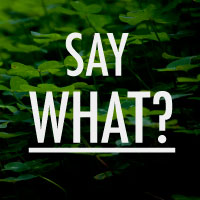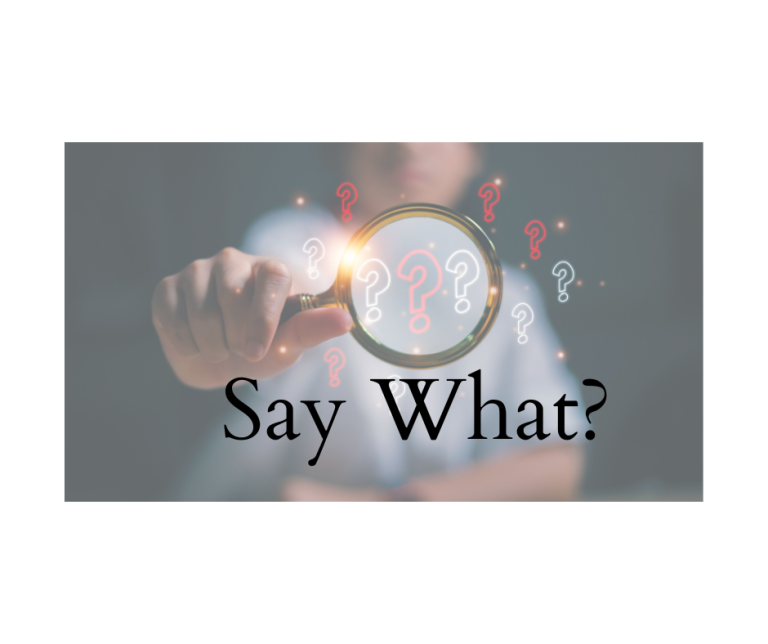What Are Those “Long Hyphens” All About?
I’d like to dash off a not-so-short post today on en dashes, since sorting out the family of dashes—hyphens, en dashes, and em dashes—can give writers a headache. Before I started studying to become a copyeditor, I had no idea there were things called en dashes. I just thought they were long hyphens and caused by the font I was looking at. Silly me.
I then discovered this odd little bit of punctuation, that, granted, pretty much every writer ignores. So why should you care? Don’t get me started on that. Writers should learn when to use each bit of punctuation—if only to spare their copyeditor time and effort (and to score some Brownie points!).
The hyphen is the shortest member of the family. I would guess that everyone knows what a hyphen is and (mostly) how to use one. We use hyphens in compound words—to connect numbers that are not inclusive, such as telephone numbers, social security numbers, or ISBN numbers—and to break a word at the end of a line. Your word processor is automatically going to do this if you choose that option in your default settings. (Proper hyphenation of compound words is covered in this post and this post.)
The en dash is a little wider than a hyphen, although sometimes it’s hard to spot. It is used primarily to indicate a range of numbers: dates, times, and page numbers; occasionally it connects words. It signifies up to and including or through.
- Girls Scouts is for girls who are 9–12 years of age.
- Hurricane season runs from June 1–November 30 in the tropics.
- Read pages 97–150 for tomorrow’s assignment.
In these examples, you would not use an en dash:
- I bought the July-September issue of Great Grammar. (This is not a range of inclusive items. It implies from July through September. See the next example.)
- From 25-50 people showed up. (Don’t use an en dash with numbers that follow the words from or between.)
When an en dash is used to show a game score or directions, it signifies to.
- Boston won the World Series 6–5.
- The prevailing winds in the plains are west–east.
An en dash can also be used in an open-ended date range, such as the dates of a living person or a serial publication. In none of these instances should a space be inserted between the dash and the text—either before or after.
And now, for the $64,000 question. How do you make an en dash?
Microsoft Word has a keystroke shortcut built in. If you have a full keyboard with a number pad (not just numbers at the top), you can click Ctrl + minus on the numeric pad. On a Mac, it’s Option + minus key.







Authors should not neglect en’s big brother, the em dash.
http://www.bookmakingblog.com/2008/09/friday-temp.html
I didn’t know there were two. I only knew “em” dashes.
Yeah, what about EM dashes? I kept waiting for you to mention those!
Also, ctrl + minus didn’t work for me in Word.
Thank you this was very helpful information.
This just shows there’s always something new to learn. I can’t remember every having heard of “en dashes” and “em dashes”.
I freaking love the dash. If you don’t know which punctuation to use just throw in a “-” and it somehow works as long as what you write is at least decent content. You can’t use it too much though, just a dash will do.